The flight controls of an aircraft allow the pilot to control an aircraft in the air and at times on the ground.
In almost all aircraft, the flight controls are movable aerodynamic surfaces attached to a main lifting body. When the moving part or the surface is moved, the aerodynamic characteristic of the main surface is changed which allows the aircraft to be maneuvered by the pilot.
Aircraft axes of control
An aircraft has three main axes. They are:
- The longitudinal axis
- The lateral axis; and
- The vertical axis.
All of these axes are concentrated at one single point, known as the aircraft's Centre of Gravity (CG). Movement through the longitudinal axis is called the roll, movement through the lateral axis is known as pitch and finally, motion through the vertical axis is known as yaw.
Primary and secondary flight controls
Primary flight controls
Primary flight controls are the most basic flight controls in an aircraft. They are critical for the safe operation of the aircraft. These controls include:
- The ailerons control the rolling motion of the aircraft through the longitudinal axis.
- The elevator, which controls the pitch of the aircraft through the lateral axis.
- The rudder controls the yaw of the aircraft through the vertical axis of the aircraft.
Secondary flight controls
The secondary flight controls augment the primary flight controls and give the pilot some extra control of the aircraft. Some common secondary control surfaces are:
- The flaps and slats help to slow down the aircraft for landing and help to reduce the ground roll on take-off.
- The trim control surfaces reduce the effort the pilot has to apply to fly the aircraft.
- Spoilers and speed brakes assist the pilot in roll and speed and lift reduction.
Effects of flight controls
One of the first flight lessons a pilot is taught involves showing the prospective pilot how the aircraft behaves to his or her flight control inputs. Just as there are primary and secondary flight controls, there are also primary and secondary effects of control.
Primary effects of control
Ailerons
The ailerons are movable flaps that are usually placed at the extremity of the wing which helps to roll or turn or bank the aircraft. They are placed like so because the further they are away from the aircraft CG, the greater the moment arm and thus the greater the moment generated.
The ailerons are controlled by moving the yoke or the stick sideways. The design is such that when one aileron moves up, the other ailerons move down. If the pilot moves the control column right, the right ailerons go up, while the left ailerons move down. This reduces the lift on the right wing (due to the reduced angle of attack) while there is a net increase in lift on the left wing. This causes an imbalance in lift force and the left-wing raises, while the right-wing drops making the aircraft roll or bank to the right.
Once the desired roll angle is achieved, the control column should be neutralized so as not to increase the roll rate.
Elevator
The elevator is a controllable surface that is attached to the tailplane or the horizontal stabilizer of the aircraft. To control the elevator, the pilot is required to pull or push the control column.
When the control column is pushed, the elevator surface moves down, making the tailplane generate an up force. This force acts through the CG and pushes the nose of the aircraft down. This is called a pitch-down motion. Similarly, if the pilot pulls on the control column, the elevator moves up which creates a tailplane downforce. This force again acts through the CG moving the aircraft nose up. This nose-up action is called a pitch-up action.
Rudder
The rudder is also a controllable flap hinged to the fin or the vertical stabilizer. The rudder is controlled by the rudder pedals which are moved by the feet of the pilot. When the right pedal is depressed, the rudder moves to the right, causing a force to be generated on the left side of the fin. This force acts through the CG, making the aircraft nose move sideways through the vertical axis. The same thing happens when the left pedal is pressed. However, in this case, the nose moves to the left. This motion is known as a yaw motion.
Secondary effects of control
There are two main secondary effects of control. One is caused by the movement of ailerons when the aircraft rolls and the other is caused by the rudder when the aircraft is yawed.
When the ailerons are actuated or moved to roll the aircraft for example to the left, the left aileron raises while the right aileron moves down. The extra lift generated by the down-moving aileron (right aileron) increases the lift-induced drag on the right wing. This drag acts through the CG pulling the nose sideways in a yawing action. This is called “adverse aileron yaw”.
To reduce the effects of adverse aileron yaw the upgoing aileron can be raised at a higher angle than the downgoing aileron. This increases the drag on the upgoing aileron which balances out the induced drag on the downgoing aileron.
The movement of the rudder causes a yawing action as previously discussed. When for instance, the aircraft yaws to the right, the left-wing moves through the air faster than the right wing. This causes an increase in lift on the left wing which makes the aircraft roll to the right.
Long story short. A rolling action causes a yawing action, and a yawing action causes a rolling action.
Hinge moments
All the movable control surfaces in an aircraft are hinged to the main control surfaces. When the control surface is moved by the pilot, there is a change in the lifting characteristic of the main control surface. This, however, also generates an aerodynamic force on the movable control surface or the flap. This force acts through the hinge point and generally opposes the pilot desired input.
For example, if the pilot wants to push the control surface down, an up force is generated on the control surface. This force acts through the hinge line or hinge point creating a moment that tries to move it up. This is called a hinge moment. Pilots call this moment “stick force.”
The picture below shows an example. In it, the pilot is trying to push down the control surface. This generates a Force (F), which acts through the hinge line (d). The resulting anti-clockwise moment (F x d) tries to pull the control surface upwards (the opposite direction of the pilot's desired control surface deflection).
The strength of the opposing aerodynamic force depends on the speed of the aircraft, the displacement of the control surface, and the size or surface area of the control surface. The greater the speed, the larger the displacement, and the greater the area of the control surface the more powerful the aerodynamic force and thus the more effort the pilot is required to put to control the aircraft.
In the upcoming article, we will shed light on how this hinge moment can be reduced so that the pilot can easily control the aircraft.

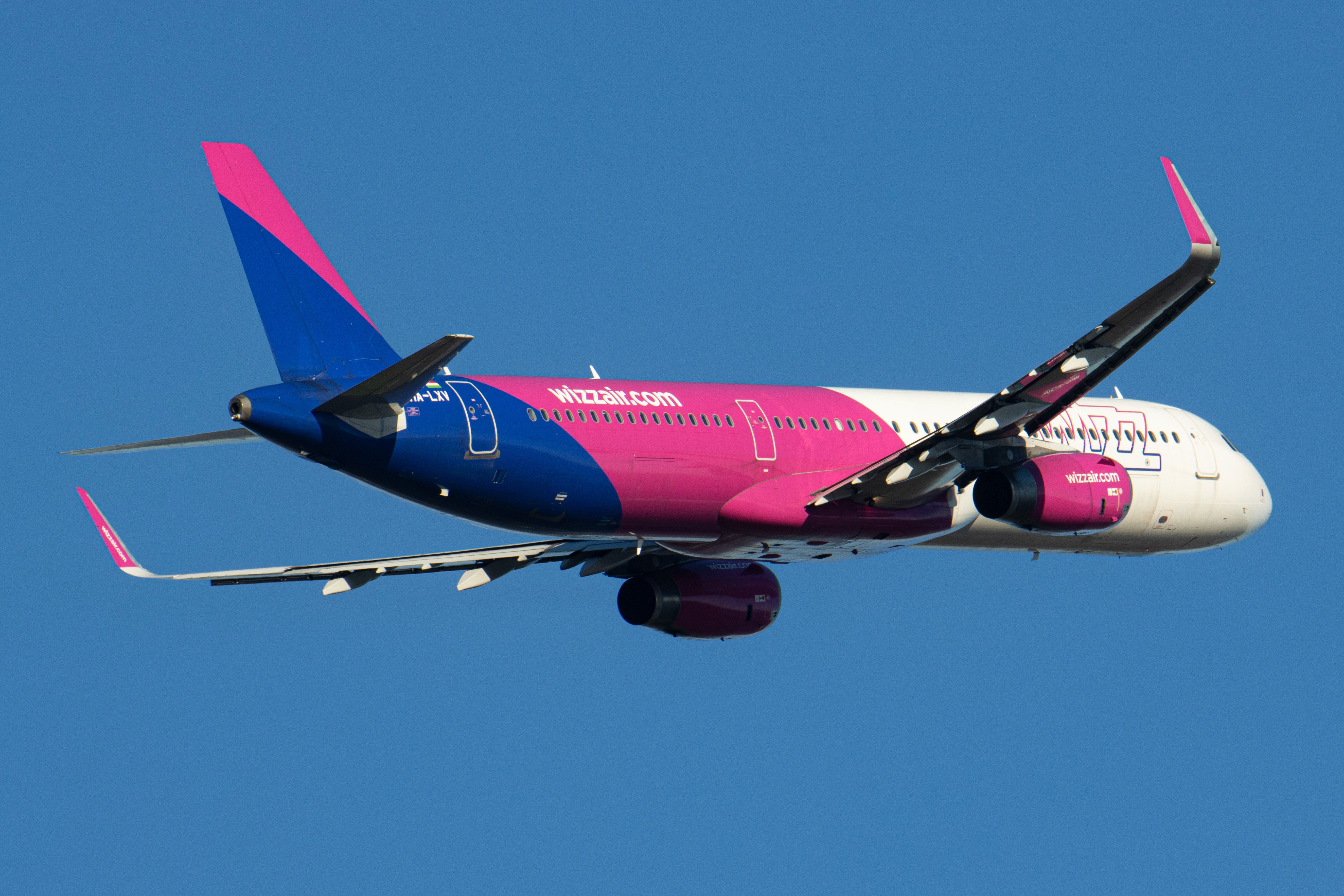
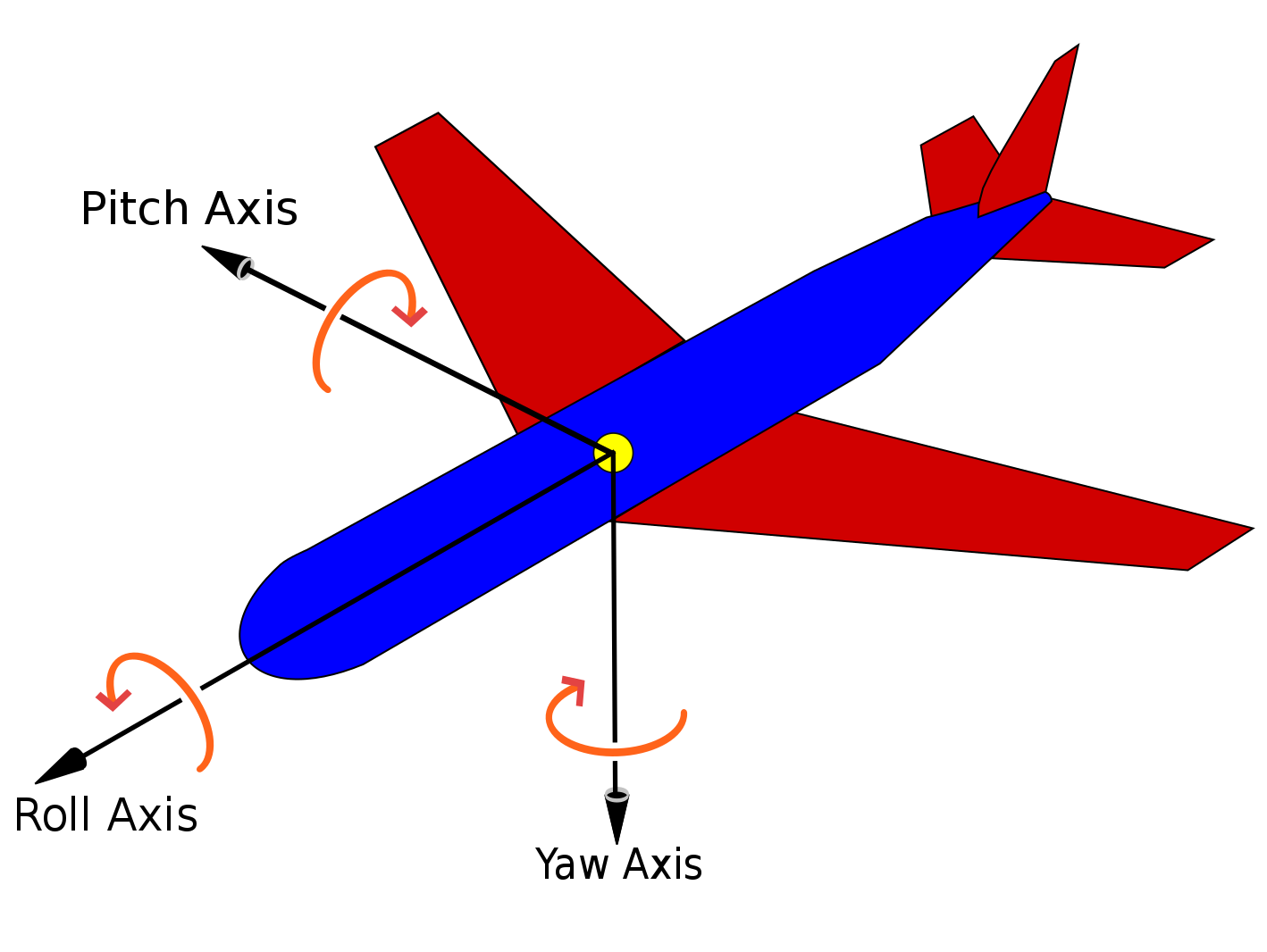
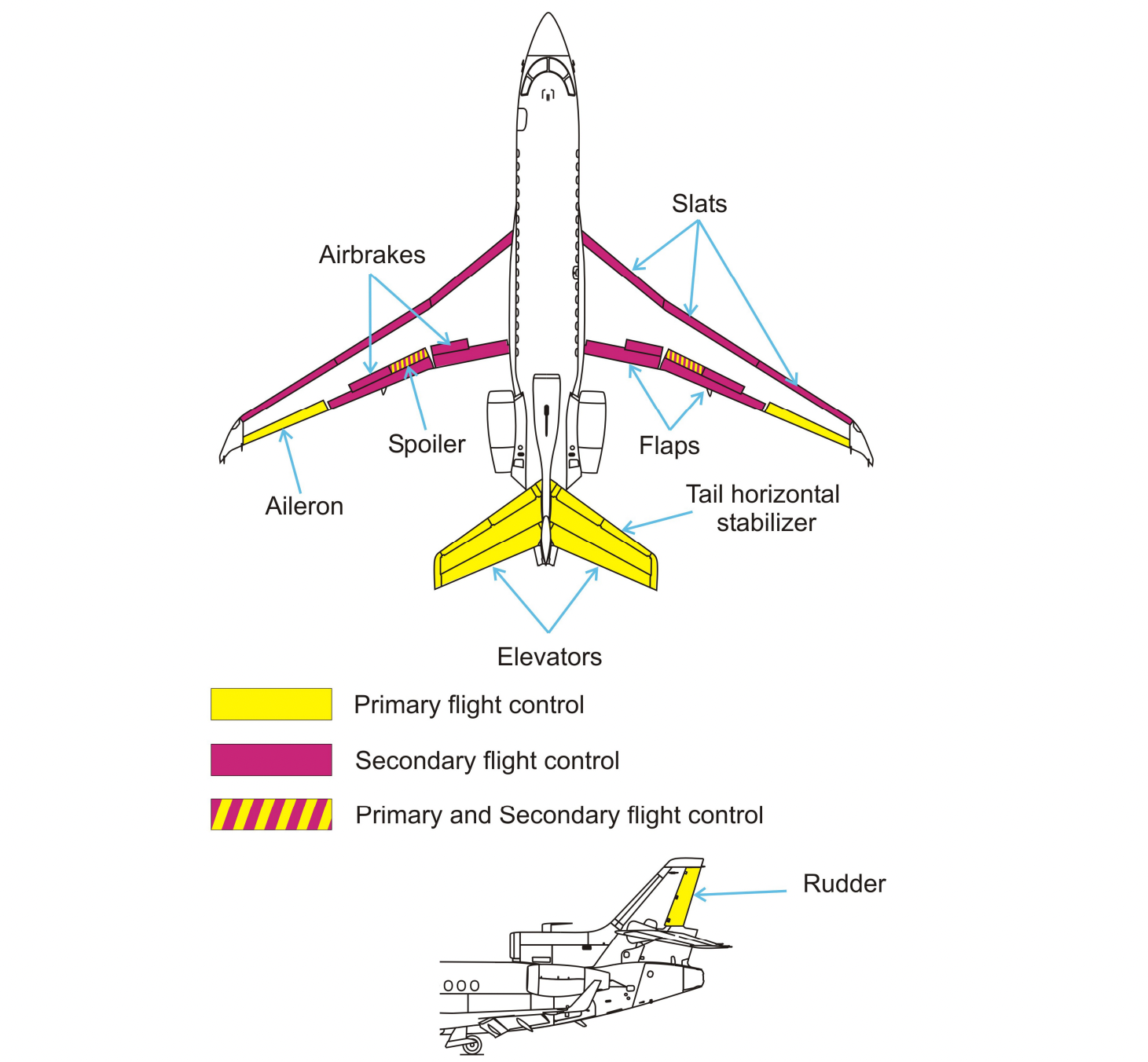
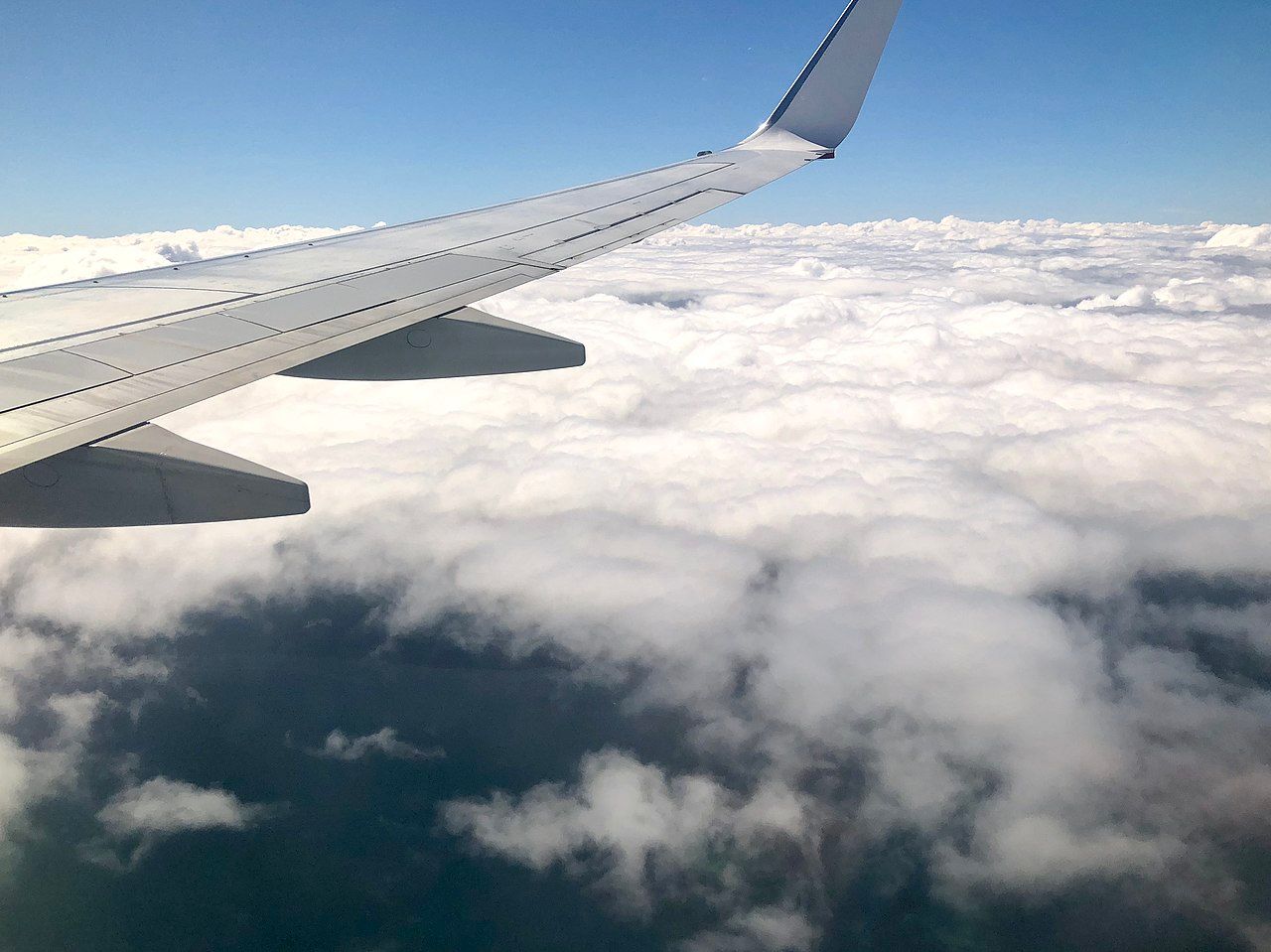
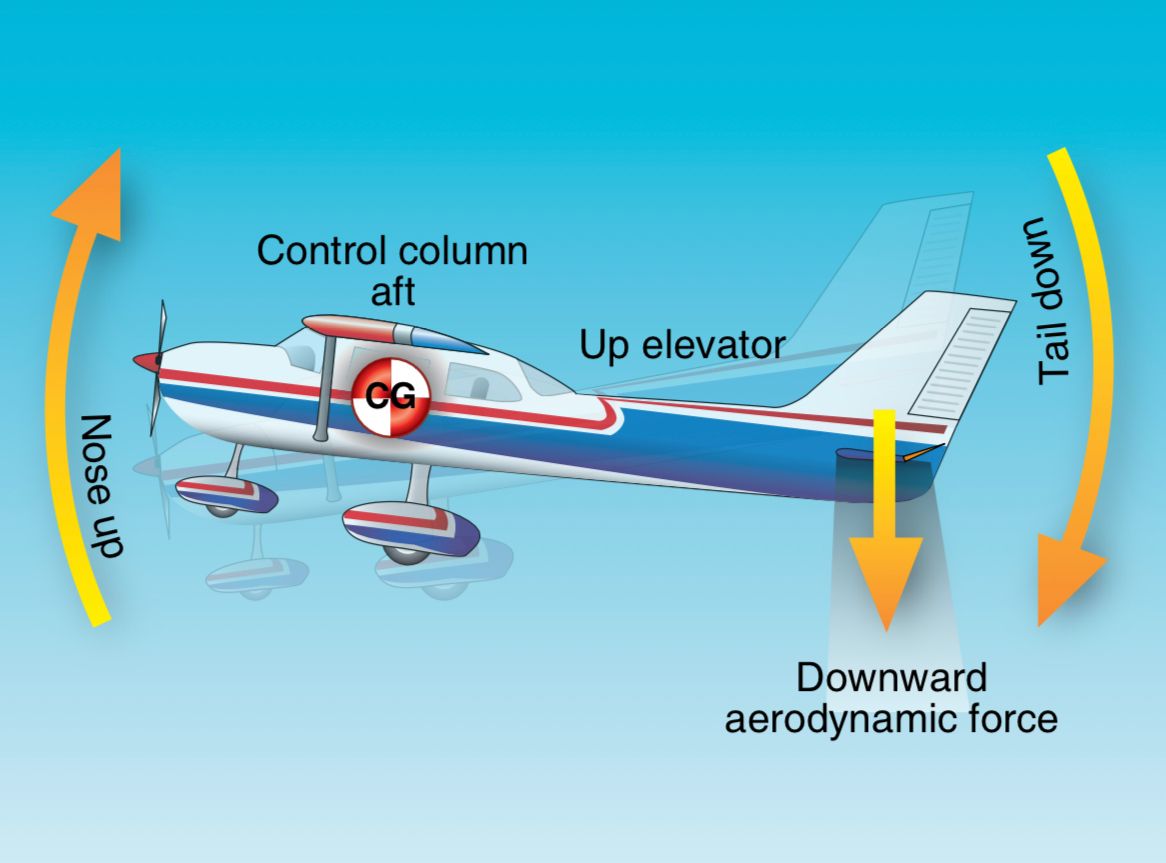
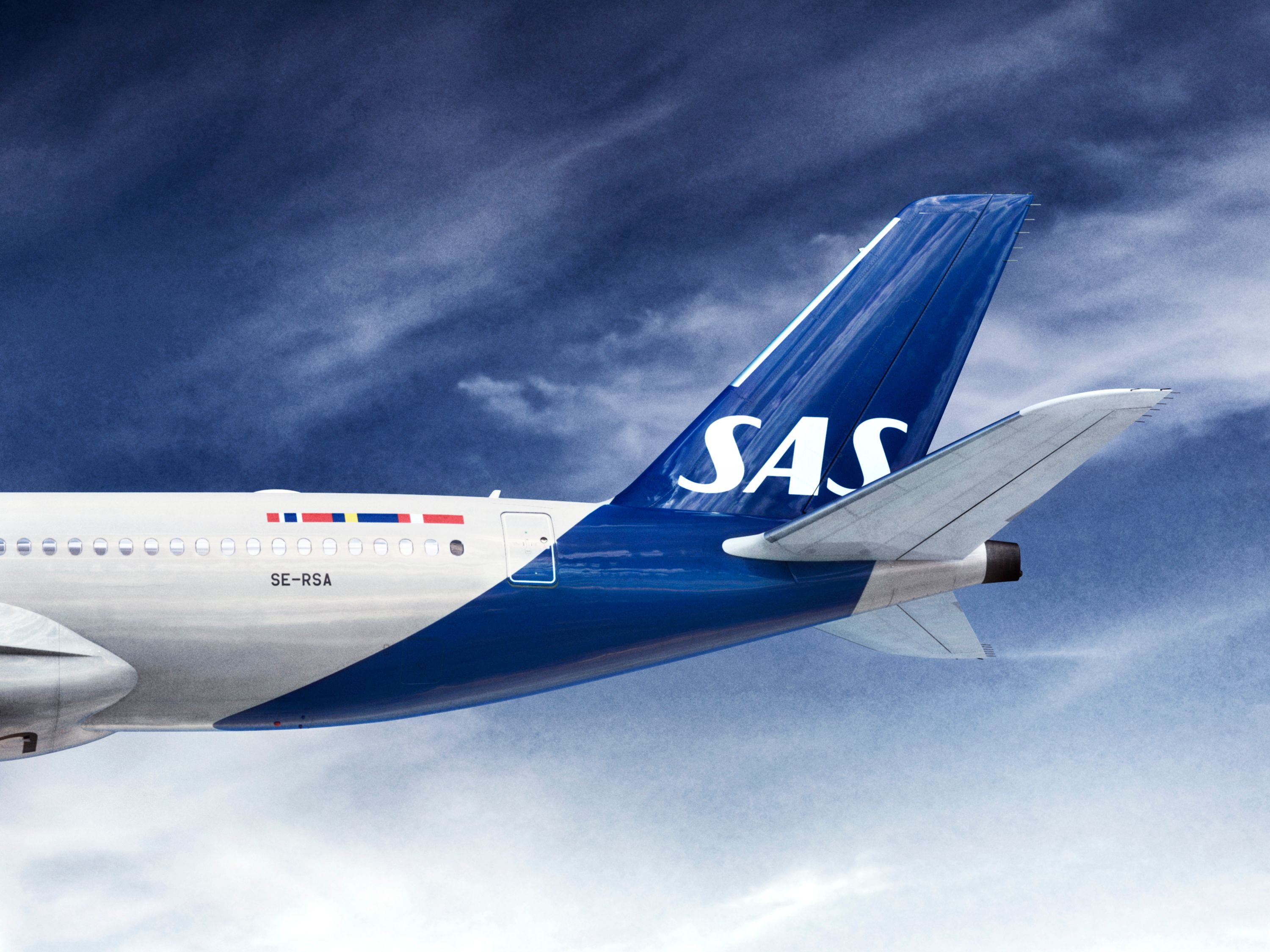
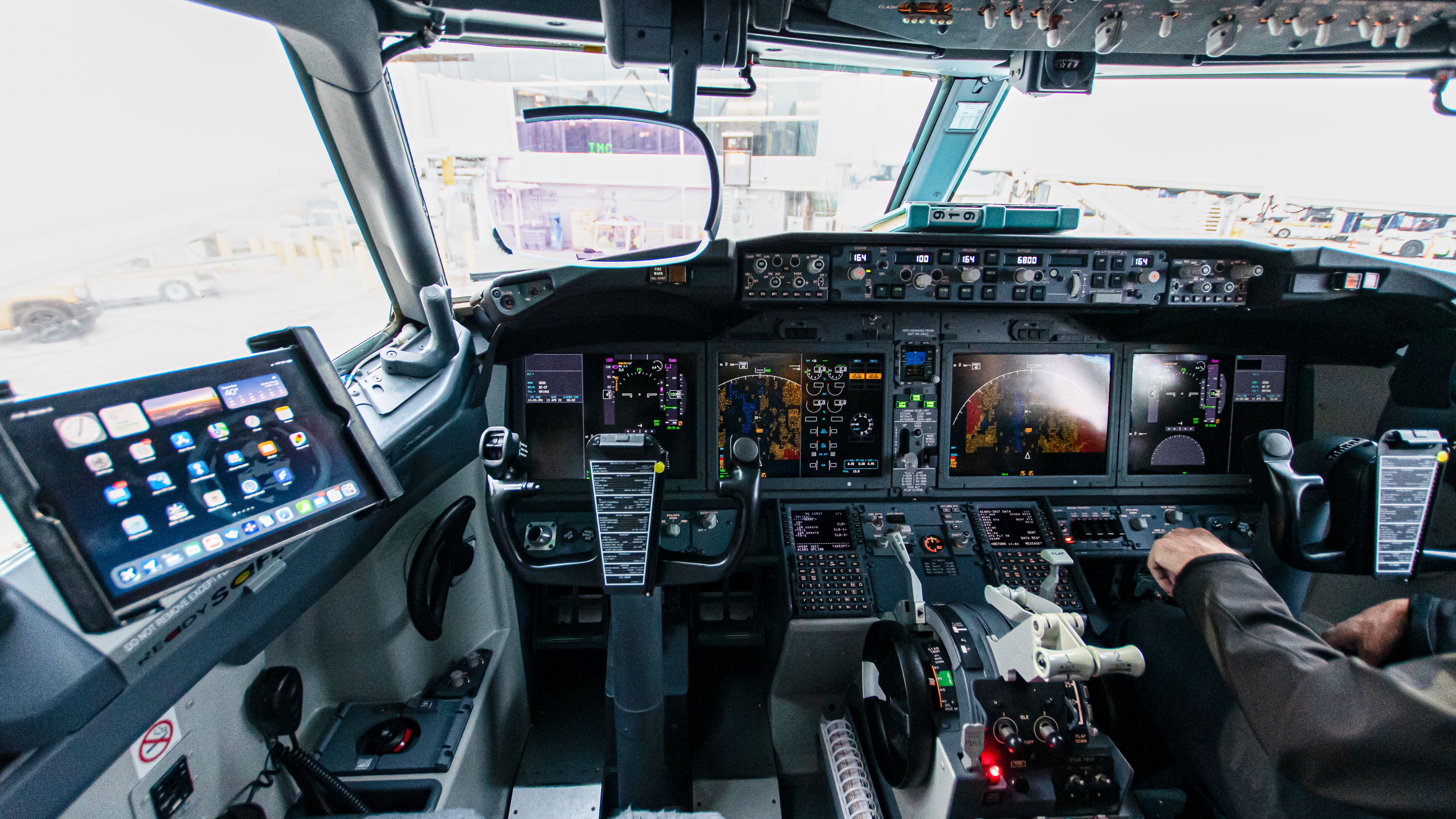
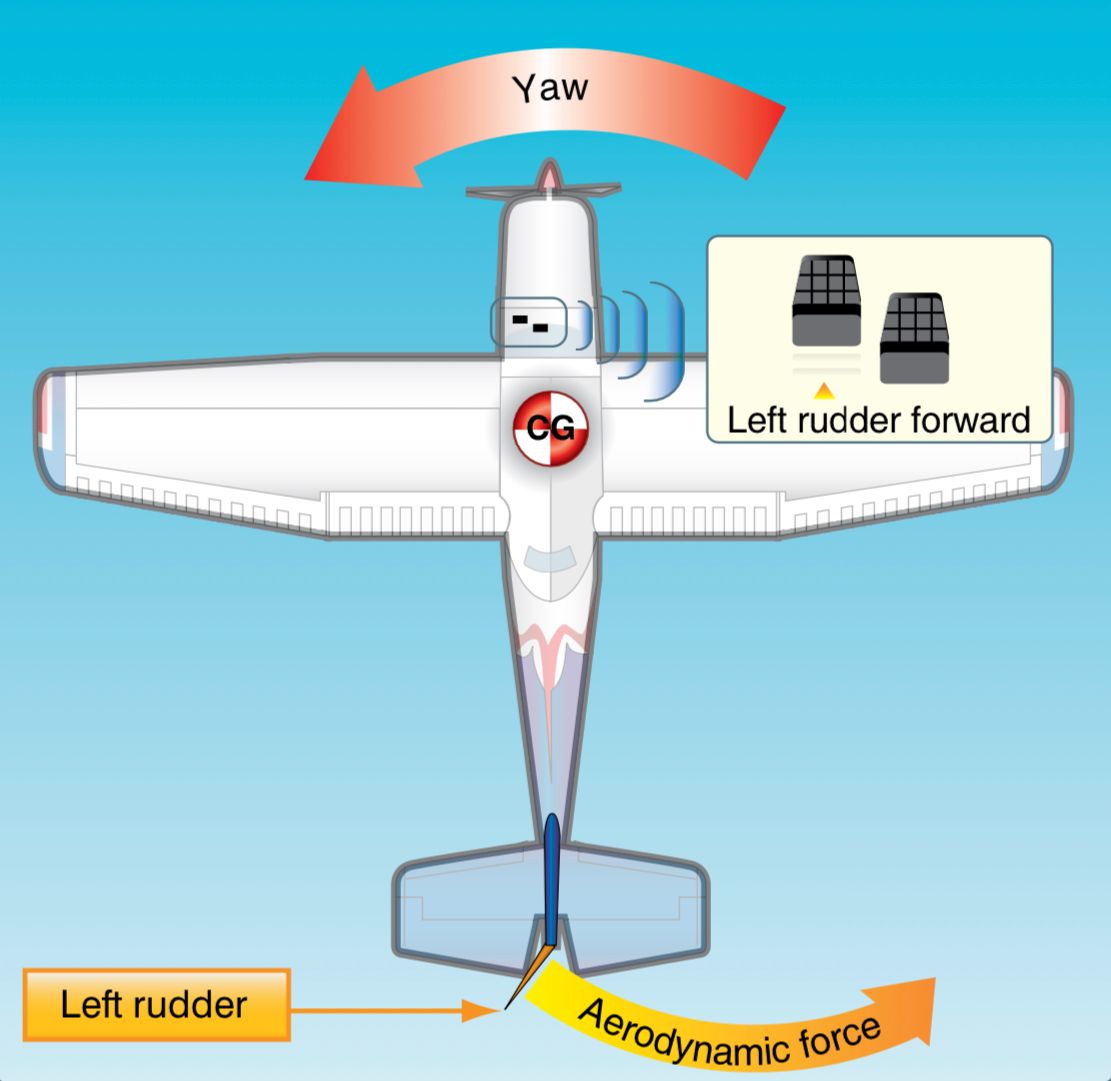
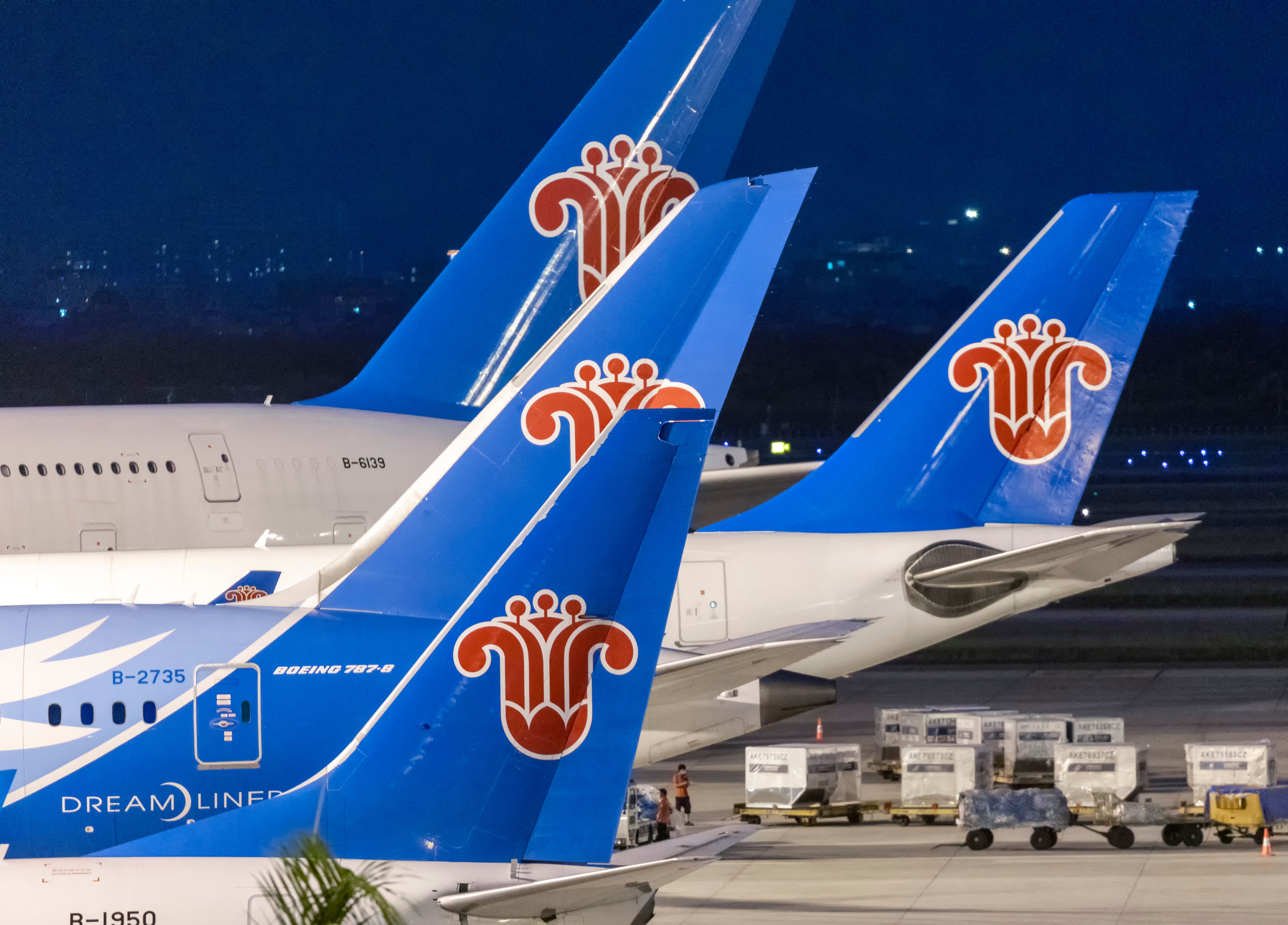
.webp)
